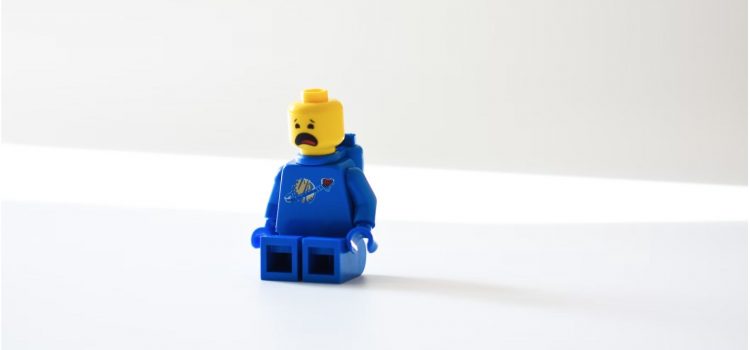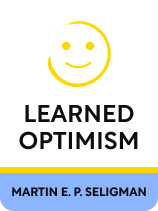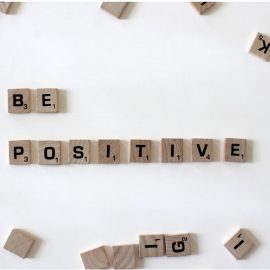

This article is an excerpt from the Shortform book guide to "Learned Optimism" by Martin E. P. Seligman. Shortform has the world's best summaries and analyses of books you should be reading.
Like this article? Sign up for a free trial here.
Want to know how to stop being pessimistic? How do pessimists and optimists think differently? How can you change your thought patterns?
To learn how to stop being pessimistic, Martin Seligman suggests embracing flexible optimism. Becoming a flexible optimist means you can learn to be an optimist while balancing it with your natural pessimism, according to Seligman.
Read on to learn Seligman’s practical advice for how to stop being pessimistic.
How to Stop Being Pessimistic: Unlearn Helplessness
Many people suffer from learned helplessness: the belief that they don’t have the power to make positive changes in their own lives or in the world around them. Martin Seligman’s book, Learned Optimism, teaches you how to stop being pessimistic, breaking free of a powerless mindset and replacing it with an empowered mindset of optimism and confidence.
How Do Pessimists Think?
Seligman says that pessimists tend to generalize and personalize negative events. In other words, they think that bad things “always” happen, and that it’s because there’s something wrong with them. Conversely, when something good happens, they assume that it’s just a stroke of luck: temporary and due to external factors.
(Shortform note: Pessimists tend to have what psychologist Carol Dweck describes in Mindset as a fixed mindset: They believe that people’s attitudes and abilities are set at birth and can’t be changed. As a result, they don’t think there’s any way to improve their lives—nature, or fate, or some other higher power has put them into a certain situation, and there’s nothing they can do about it.)
How to Dispute Your Pessimistic Beliefs
Seligman offers a technique, drawn from cognitive therapy, to teach you how to stop being pessimistic by changing the way you explain negative events to yourself.
Give pessimistic beliefs an external voice. Find a friend who’s willing to roleplay your negative beliefs. Have that person attack you the same way you attack yourself, and learn to defend yourself from that sort of aggression. You may find it easier to fight back against an external voice, and having to defend yourself out loud might help you to hear how fair and reasonable those defenses really sound.
(Shortform note: Another way to stop being pessimistic involves coming to terms with that negative voice in your head by giving it a silly name and a silly voice. In short, turn your inner critic into a character you can’t take seriously, and it will lose its power over you—for example, it’s hard to feel worried or upset when your inner critic sounds like Skeletor.)
Find Your Balance With Flexible Optimism
Seligman says that a pessimistic mindset does have one advantage over an optimistic one: Pessimists tend to assess their situations more realistically.
To stop being pessimistic, Seligman concludes by explaining how you should balance optimism with realism, a mindset he calls flexible optimism. The good news is that, because we’ve learned optimism as a skill set—instead of having it as a natural state of mind—we can choose when to apply those skills. For example, if someone is upset with us, we can start by asking ourselves if we’re really to blame (rather than the pessimistic approach of assuming that we are at fault, or the optimistic approach of assuming that we aren’t). With that realistic approach we’ll be able to take appropriate action to fix the situation; even if we decide that all we can do is apologize.
(Shortform note: Seligman is saying that realism is a balanced, healthy form of pessimism, but they’re not quite the same thing. The best way to tell the difference between pessimism and realism is to consider whether you’re emotionally invested in your explanation. In other words, are you seeing things calmly and rationally (realism), or are you casting yourself in a story as the villain or the victim (pessimism)?)

———End of Preview———
Like what you just read? Read the rest of the world's best book summary and analysis of Martin E. P. Seligman's "Learned Optimism" at Shortform.
Here's what you'll find in our full Learned Optimism summary:
- How to break out of a pessimistic, powerless mindset
- How to develop a mindset of empowerment, optimism, and confidence
- How to balance your optimism with realism






